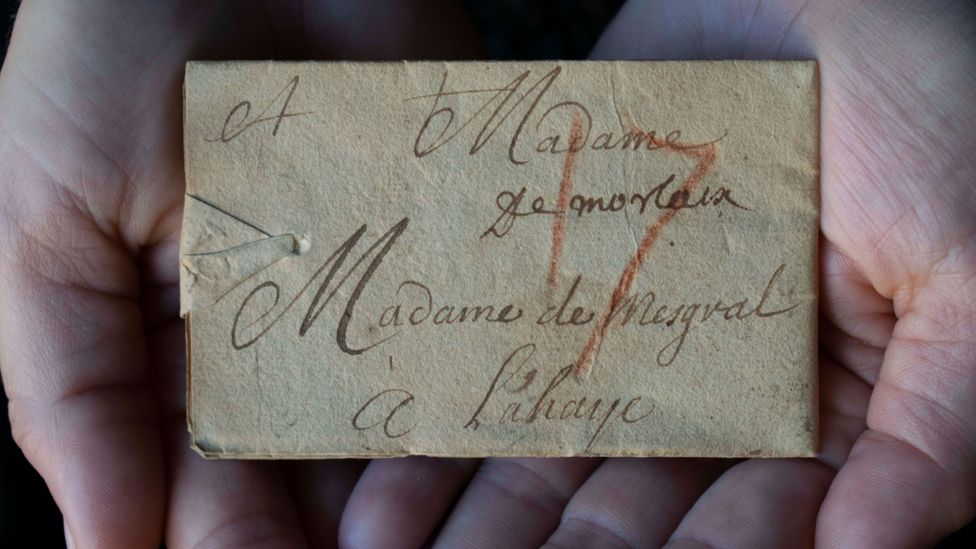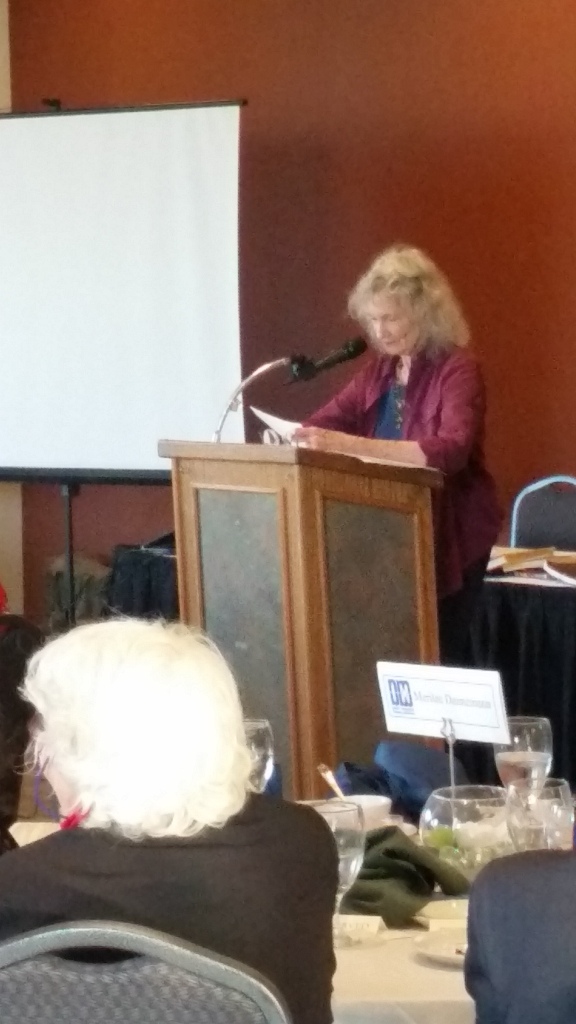As a child, I saw Frog legs listed on the menu. Horrified, I could only imagine the little frog’s pain from having the legs torn off. Mother comforted me by saying, “They grow back.”
Truly? No way. But to this day I’ve never looked this up. I want to believe in that “truth”. Isn’t that what we all want, to believe in our truths?

Many say the truth is out there. Hmmm? Here’s a challenge for you. I needed a birth date for a character in my latest book The Spinster, the Rebel, and the Governor: Margaret Brent: Pre-Colonial Maryland 1638-1648. Go on, just Google Giles Brent and find his date of birth. Be careful you don’t get his grandfather or his son. This Giles immigrated to the New World in 1638.
Maryland State Archives, First Families of Maryland, Royal Ancestry Vol. I, and Wickipedea list Giles Brent’s date of birth as 1600 or at best, 1600-ca (the ca means around-approximately).
Several genealogy websites list him as being born in 1600, 1604, or 1606. Yet, Timothy Riordan, a foremost historian/author of Maryland for that time period list Giles Brent’s birth date as 1607-ca.
I’m curious to know where Riordan found his date. Still, I can’t help wonder if others found the 1600 date on Wikipedia or someone’s genealogy site and without further question, used that date as their data of truth? This promotes the continuation of errors, if the 1600 date is in fact an error.
What to do about this? Check out as many different resources as possible.
Why does this all matter? Maybe it doesn’t, but for my book, I needed historical accuracy along with a compelling story line. When I looked closely at the Brent family, history shows thirteen children, with Fulke being the eldest, born in 1595 and Margaret in 1601. Genealogist who deal with unknown birth dates usually space the births out logical, with a nine month gestation and probably a year or two of breast feeding. According to this logic, Margaret probably was the second child. It makes sense that Giles was born sometime after 1601.
When researching, be warned, facts you trust may not be the true facts. In PART 3, I’ll tell of a curious, but important (and probably secret) document that helped the second Lord Baltimore convince adventurers to sail the ocean and settle pre-colonial Maryland. However, I believe the authors listed as having written this little book are not the true authors who wrote the book.
What have you considered to be a truth, then later found out wasn’t?
References:
https://msa.maryland.gov/megafile/msa/speccol/sc2900/sc2908/000001/000426/html/am426–161.html http://www.firstfamiliesofmaryland.org/qualifying-ancestors/ https://msa.maryland.gov/msa/speccol/sc3500/sc3520/000100/000141/html/msa00141.html Richardson, Douglas. Royal Ancestry. ed. Everingham, Salt Lake City, Utah, 2013 Vol. I pp 519-521. Vol. II pp 64-64. Vol. III pp118-119 Riordan, Timothy.Plundering-Time-Maryland-English-1645-1646








